Introduction to Plants -> single replacement reactions
Single Replacement Reactions
Single replacement reactions, also known as single displacement reactions, occur when one element replaces another in a compound. This type of reaction follows the general form:
A + BC → AC + B
Where A and B are elements, and BC is a compound. During the reaction, A replaces B in the compound BC to form a new compound AC and free element B.
Key Concepts
- Reactivity Series: The reactivity series is a list of metals in order of their reactivity, from most reactive to least reactive. This series helps predict whether a single replacement reaction will occur.
- Activity Series: The activity series is a list of non-metals in order of their reactivity, from most reactive to least reactive. This series also helps predict single replacement reactions.
- Observe the Reaction: Single replacement reactions can often be identified by observing a change in color, formation of a precipitate, or evolution of a gas.
Example
Let's consider the reaction between zinc (Zn) and hydrochloric acid (HCl):
Zn + 2HCl → ZnCl2 + H2
In this reaction, zinc replaces hydrogen in hydrochloric acid to form zinc chloride and hydrogen gas.
Study Guide
- What is a single replacement reaction?
- How can the reactivity series and activity series be used to predict single replacement reactions?
- What are some observable signs that a single replacement reaction has occurred?
- Provide an example of a single replacement reaction and explain the products formed.
Remember to practice writing and balancing single replacement reactions to solidify your understanding of this topic.
.◂Science Worksheets and Study Guides Seventh Grade. Introduction to Plants
Study Guide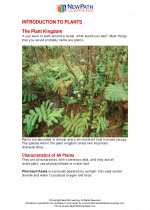 Introduction to Plants
Introduction to Plants  Worksheet/Answer key
Worksheet/Answer key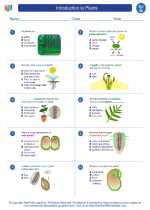 Introduction to Plants
Introduction to Plants  Worksheet/Answer key
Worksheet/Answer key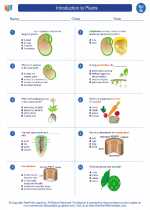 Introduction to Plants
Introduction to Plants  Worksheet/Answer key
Worksheet/Answer key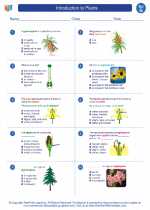 Introduction to Plants
Introduction to Plants  Worksheet/Answer key
Worksheet/Answer key Introduction to Plants
Introduction to Plants  Vocabulary/Answer key
Vocabulary/Answer key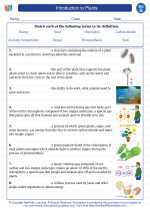 Introduction to Plants
Introduction to Plants  Vocabulary/Answer key
Vocabulary/Answer key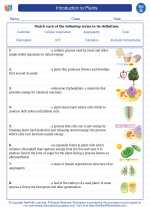 Introduction to Plants
Introduction to Plants  Vocabulary/Answer key
Vocabulary/Answer key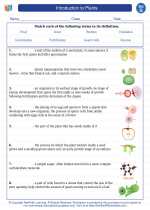 Introduction to Plants
Introduction to Plants  Vocabulary/Answer key
Vocabulary/Answer key Introduction to Plants
Introduction to Plants  Vocabulary/Answer key
Vocabulary/Answer key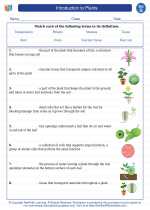 Introduction to Plants
Introduction to Plants 

 Worksheet/Answer key
Worksheet/Answer key
 Worksheet/Answer key
Worksheet/Answer key
 Worksheet/Answer key
Worksheet/Answer key
 Worksheet/Answer key
Worksheet/Answer key
 Vocabulary/Answer key
Vocabulary/Answer key
 Vocabulary/Answer key
Vocabulary/Answer key
 Vocabulary/Answer key
Vocabulary/Answer key
 Vocabulary/Answer key
Vocabulary/Answer key
 Vocabulary/Answer key
Vocabulary/Answer key

The resources above cover the following skills:
LIFE SCIENCE
Ecosystems: Interactions, Energy, and Dynamics
Use evidence and scientific reasoning to explain how characteristic animal behaviors (e.g., building nests to protect young from cold, herding to protect young from predators, attracting mates for breeding by producing special sounds and displaying colorful plumage, transferring pollen or seeds to create conditions for seed germination and growth) and specialized plant structures (e.g., flower brightness, nectar, and odor attracting birds that transfer pollen; hard outer shells on seeds providing protection prior to germination) affect the probability of successful reproduction of both animals and plants.